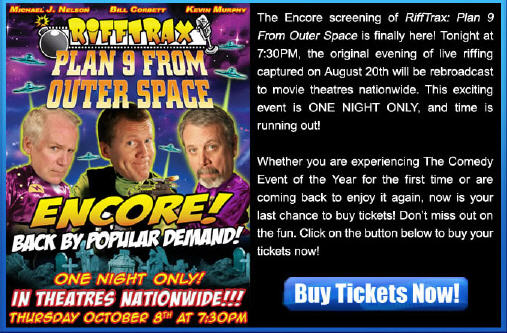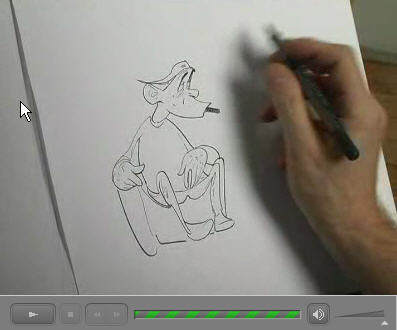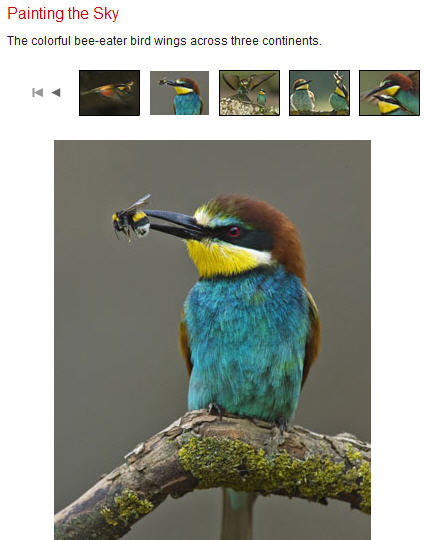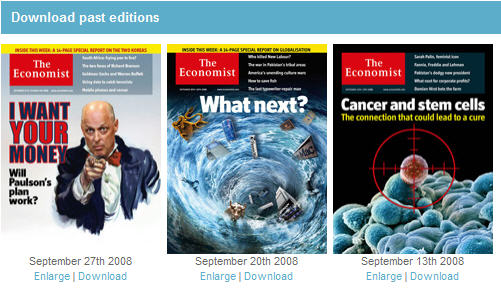Anyone who has followed this blog long enough knows that I am fascinated by how entrepreneurs have attempted to make money with podcasts. For a moment, forget about news publishers, or those focused on b-to-b lead generation or working on a non-profit model like NPR. I’m talking about pay for product — and your product is a podcast. I’d even eliminate Audible.com — the spoken word bookseller — from my list, because they sell their content by subscription instead of purchase by the podcast.
I found one business a few years ago that fits my rigid, purely retail requirements. They sell what has to be one of the most novel applications of a podcast. Rifftrax started their business by selling podcasts that only have value when listened to while watching a movie.
The company has since morphed and grown. I now see that Rifftrax is testing live events “rebroadcast” in movie theaters. Below is an ad for a screening that’s taking place all over the country, tonight, of what I’m sure is a very funny version of the world’s worst film: Ed Wood’s Plan 9 From Outer Space.
I will be intrigued to see how this national screening takes hold. When I went into the site of NCM Fathom, their apparent partner in this event, I saw that a good dozen theaters within the Metro Milwaukee area are showing the film. If any of my readers attend the event, contact me or leave a comment. I’ll be intrigued to learn how it went, and if this may be the first instance where a podcast business has spawned a theatrical film series.
Full disclosure: When I wrote my first blog about Rifftrax, they sent me a $10 eCoupon to encourage me to select a podcast or two for a Rifftrax party I was throwing. I paid for the download instead and gave away the gift as a prize in a subsequent reader contest.



